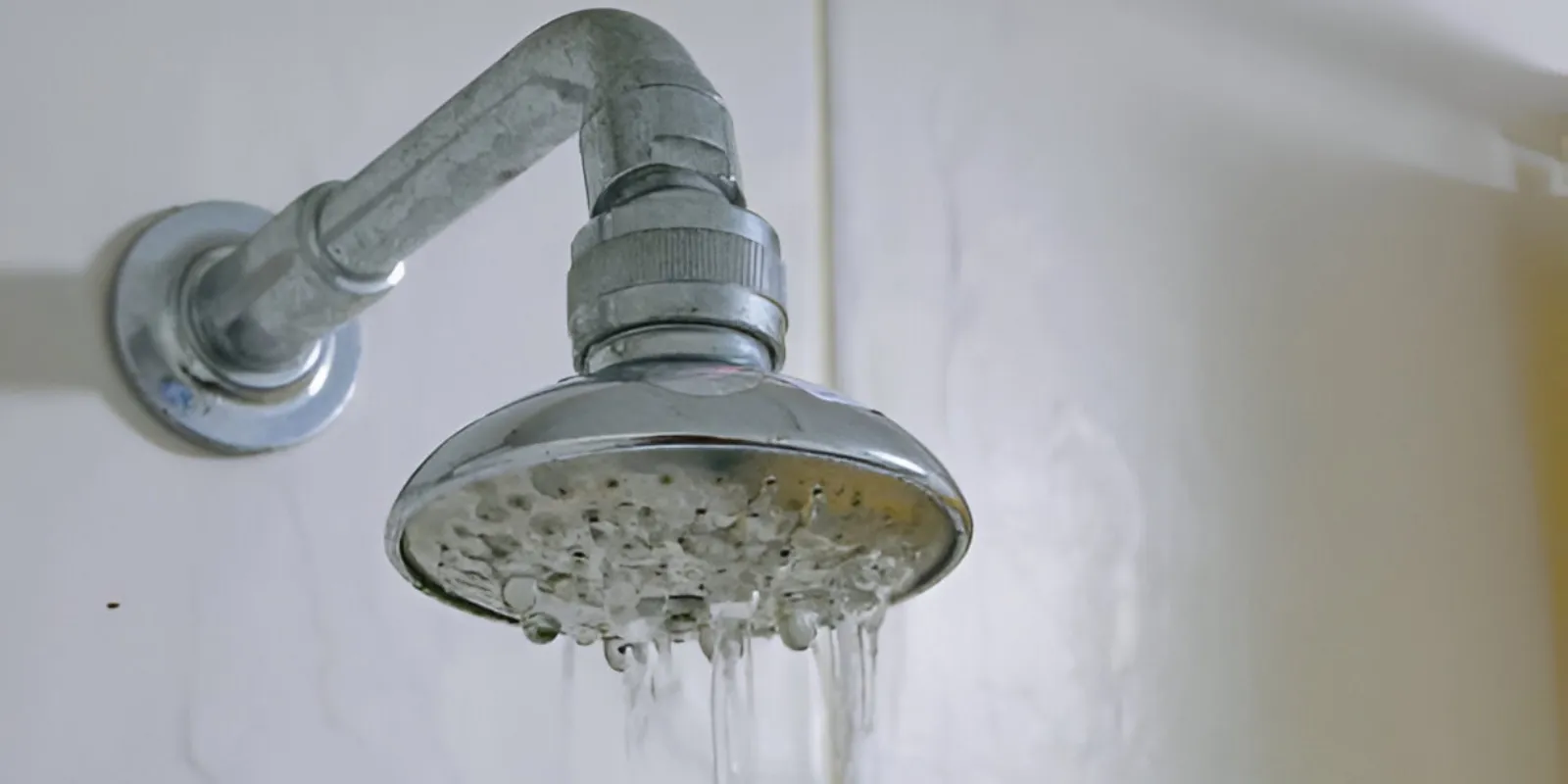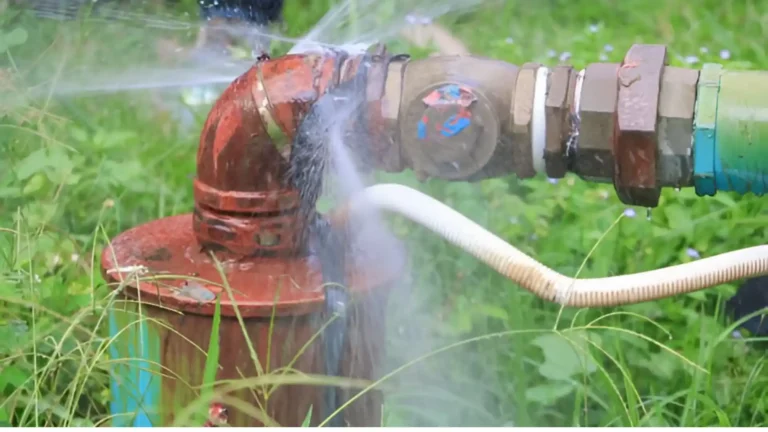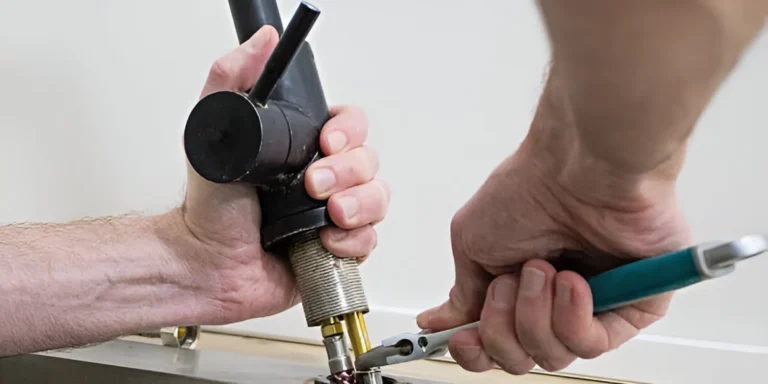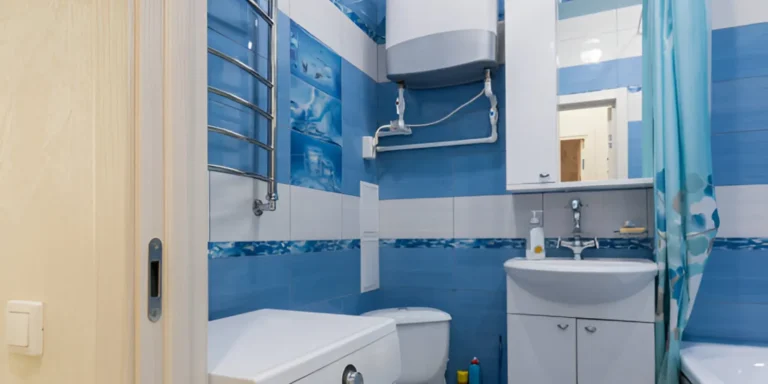Low water pressure in a home is more than just a minor annoyance—it can disrupt daily activities like showering, washing dishes, and laundry. Understanding the root causes of this issue is essential to restoring normal flow and avoiding costly plumbing repairs. Water pressure problems can stem from various sources, including clogged pipes, faulty fixtures, or municipal supply disruptions. Identifying the exact cause often requires careful inspection and a bit of troubleshooting. In this article, we’ll break down the most common reasons for low water pressure, how to recognize them, and what steps you can take to restore consistent flow throughout your home.
Clogged Pipes and Mineral Buildup
Over time, pipes, especially older galvanized ones, can develop internal blockages due to mineral deposits or debris. This narrowing of the pipe’s interior restricts water flow and results in reduced pressure at faucets and showerheads. Hard water areas are particularly prone to this issue. If the problem worsens gradually, pipe buildup might be the culprit. Flushing the lines or replacing old pipes may be necessary for a lasting fix.
Regular Maintenance Helps
Using a water softener or having your plumbing system flushed annually can help reduce buildup. Preventative care goes a long way in keeping pipes clear and functioning properly.
Faulty Fixtures and Shut-Off Valves
Sometimes the issue isn’t with the pipes, but with fixtures themselves. Aerators on faucets can become clogged with dirt or rust, restricting flow. Similarly, shut-off valves under sinks or near the main supply may not be fully open. Inspect each fixture individually to determine if the problem is localized or widespread. Cleaning or replacing aerators and checking valves can often restore pressure without professional assistance.
Test Multiple Fixtures
Check pressure at several locations. If only one area has weak flow, it’s likely a fixture problem. Widespread issues, however, suggest a deeper plumbing concern.
Municipal Supply or Pressure Regulator Problems
If your entire home experiences low pressure, the issue could lie with the city water supply or a failing pressure regulator. Municipal systems sometimes reduce flow due to repairs or high demand. A faulty pressure regulator, usually found near the main shut-off valve, can also limit how much water reaches your plumbing system. If adjustments don’t help, a replacement might be needed. Contacting your water provider can help determine if external factors are involved.
Consider Installing a Booster Pump
If your home consistently receives weak pressure from the municipal line, a water pressure booster pump can help. These devices increase flow rate and deliver consistent pressure throughout your home.




